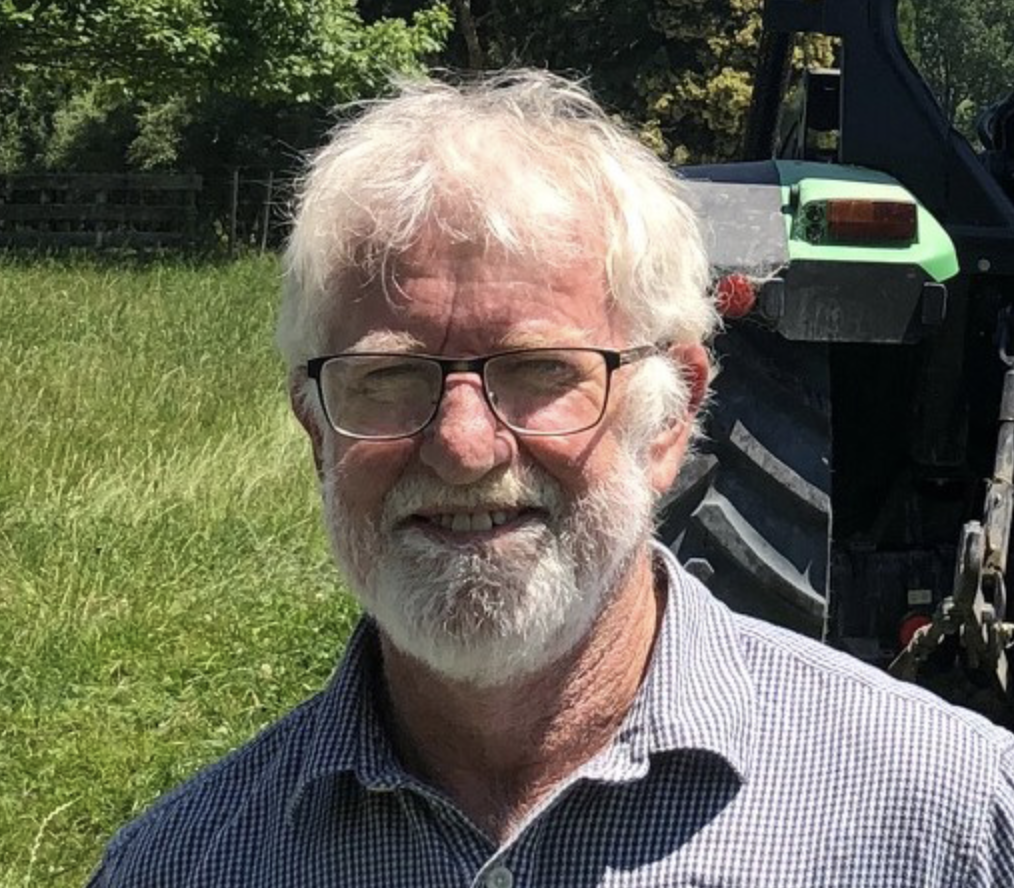BayBuzz asked regenerative agriculture consultants Philip Schofield and Phyllis Tichinin to weigh in from their unique perspective on lessons to be learned from our cyclone disaster and how the primary sector and town planners might approach the rebuild.
What would a regenerative rebuild of Hawke’s Bay agriculture look like?
I first approached Tichinin and Schofield a few weeks ago with this question. I had wanted to understand whether the impact of the storm could have been mitigated to any degree by regenerative farming practices.
I had expected to hear that perhaps we would not have so much silt come off our hills and pastures or as much surface flooding if we had a healthier, more intact soil carbon sponge.
But the pair were in agreement that an event of that magnitude was always going to bring down soils, largely due to New Zealand’s young, steep geology.
“I’m absolutely not backing away from regenerative practices, biological soil or soil biology oriented approaches to farming. These are crucial practices to grow our soil carbon sponge, so that we can absorb more rainfall in a positive way into our whole soil and aquifer system. That’s just the way nature operates. But there also comes a point at which nature is a bitch and she just delivered us the sucker punch. There is just no getting around it,” Tichinin said.

Schofield followed up by explaining that the damage was to such an extent that it didn’t seem to matter the type of vegetation on some slopes – whether it was old native, young native, regenerating scrub and gorse, or mature radiata pine forests.
“They all fell over. We are a steep young country that gets lots of rain so when we get severe rain events with gale force winds, erosion happens and trees fall over. The tops of our mountains are bare because of it and what we have on the flood plains are the resulting sediments from thousands of years of erosion as the mountains are thrust upward and the rivers spread debris across the flood plains.”
That lead me to my next question – to what degree did forestry play a role in the destruction of infrastructure when the floods came down? We’ve all seen the piles of slash and wood debris all over the region by now.
“In my view it’s a conversation about retirement planting of steep erosion prone slopes, they need to be better planned. We’ve been doing it now for over 100 years and we are starting to see now the legacy of some of that erosion control and retirement planting not being well maintained. Increasingly of course, the pressures of commercial forestry have allowed us to plant more, but this isn’t a new problem,” Schofield offered.
Erosion control planting in farm gulleys and on steep slopes needed to have a management plan in operation right from planting. Similarly, retirement plantings or regeneration should have some riparian management so that flood flows do not carry the stream bank vegetation with them, he pointed out.
Tichinin said one way forward would be to move towards purposely diverse native plantings for most commercial forestry and to allow natural, long term native plant regeneration of existing forestry monoculture blocks. This would allow the soil to develop a better soil carbon sponge, increase microbial diversity and generate more biomass, and do this in a way that was appropriate for the local environment.
The simple, linear model was not going to work if what we want is better outcomes in the next big weather event, and was out of line with ‘ecosystem principles’. Species diversity is the most productive and resilient way of running an ecosystem, she said.
“We need to return to the wisdom of what tens of millions of years have devised as the best way to enhance these soils, that life and ecosystems. Focus on diversity above and below the ground and we will be better off overall.
“It’s taken a long time to rediscover that and as a result, we have the kind of monocultures in agriculture and forestry that are now coming back to slap us in the face.”
Instead, she suggests working out a degree of slope over which the area must be planted to mimic native bush or be allowed to regenerate. Forestry companies could be required or incentivised to plant diverse native saplings, or let it self-regenerate over a 40-to-50 year period, prohibiting any form of harvesting.
On lesser slopes, selective harvesting could be done for hardwoods of high financial value.
“We are farming some of the least valuable timber in the world, with the lowest price. Why not take advantage of our unique situation? Helicopter harvest logs that are worth tens of thousands of dollars a piece. It’s not a bad proposition economically and it would certainly be better ecologically [than clear felling],” she said.
[Editor: What to make of all that wood debris? New HBRC report tells us, as BayBuzz reports here.]
Public interest journalism funded by New Zealand on Air.

